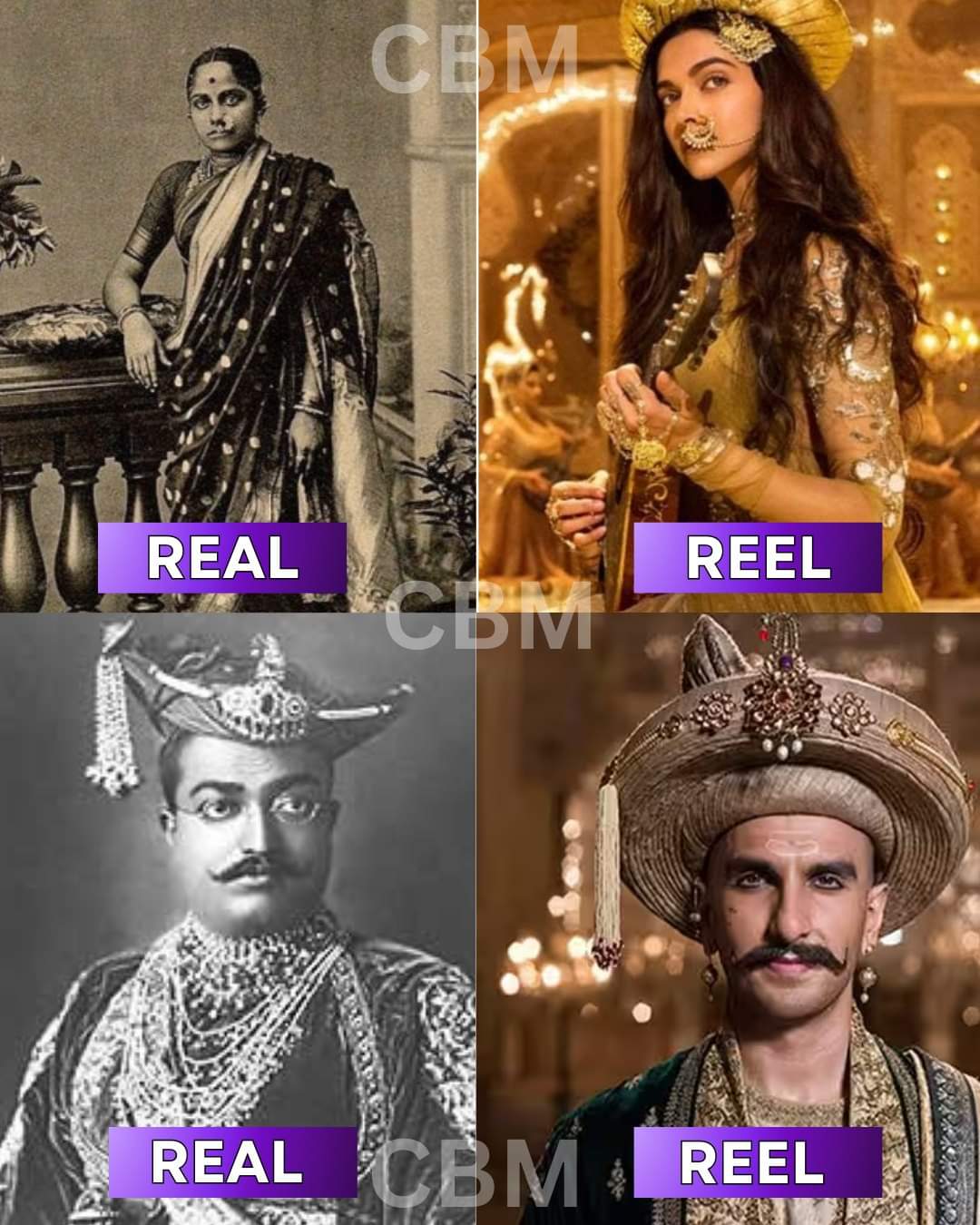
Unveiling the Layers: Bajirao Mastani in Cinema vs. History
Sanjay Leela Bhansali’s 2015 magnum opus, Bajirao Mastani, captivated audiences with its epic portrayal of love, war, and duty. But how much of this grand romance reflects historical reality? Let’s delve deeper and separate fact from fiction.
Love in the Time of War: The Grand Movie Romance
The film paints a passionate love story between Bajirao I, the Maratha Peshwa, and Mastani, a Muslim princess. Their love faces resistance due to religious and cultural differences, with Kashibai, Bajirao’s first wife, further complicating the situation.
Uncertainties of History: Beyond the Silver Screen
Historical accounts paint a less clear picture. Mastani’s origins are debated. Some sources claim she was a Hindu princess, while others suggest she was the daughter of a Muslim concubine of the Bundela king, Chhatrasal. While their relationship was unconventional for the time, the extent of societal disapproval surrounding it remains unclear.
Marriage or Companionship? The Nature of the Bond
Scholars debate the nature of Bajirao and Mastani’s bond. Some historians believe they weren’t formally married, suggesting Mastani might have been a companion or even a dancer associated with the court. This differs from the film’s portrayal of a formal marriage ceremony.
Dramatic Flourishes vs. Subtlety: Kashibai’s Portrayal
The film portrays a more dramatic conflict between Bajirao’s wives, Kashibai and Mastani. While tensions might have existed due to the polygamous nature of the relationship, historical evidence is limited.
Echoes of Reality: Where Film and History Meet
Despite the creative liberties, the film captures some historical truths. Ranveer Singh’s portrayal effectively showcases Bajirao I’s reputation as a brilliant military leader who significantly expanded the Maratha Empire. Additionally, historical records confirm Mastani’s existence and her connection to Bajirao.
Beyond the Spectacle: Unveiling the True Story
Bajirao Mastani is a visually stunning and entertaining film, but it’s crucial to remember it’s a dramatization. If you’re intrigued by the real story, delve into historical accounts and biographies of Bajirao I, Mastani, and Kashibai. You’ll discover a more nuanced picture of their lives, the complexities of 18th-century Maratha society, and the political landscape that shaped their destinies.


